Building a Startup in the SAP HANA Space
Building Consumer-Grade Applications in the Enterprise
The Guide to Minimum Viable Products
Git HANA – A free, open-source Github client for SAP HANA
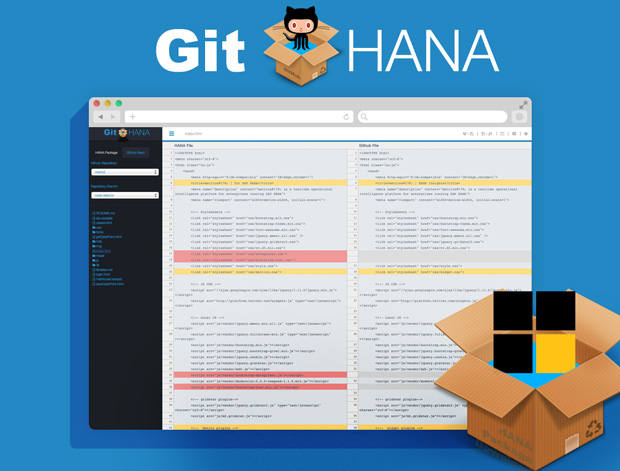
Over the last few months, working on the metric² open source project, I have been frequently updating the GitHub repo. As a heavy XS Web IDE user, this entailed exporting or copying the contents of the files from the package into my local GitHub repository for the project and subsequently committing the files from there. Since there is a small disconnect between the source (my HANA packages) and the destination (GitHub) I like to often see what changes which are due to be committed, the differences between the files, or just compare the files between the 2 systems.
Being over dedicated to building solutions to some of my workflow challenges (see here, here and here), I created yet another small HANA native app called Git <> HANA. The application allows you to compare files between your local HANA package and your (or any other) GitHub repo, and it also lets you commit files directly from the UI to GitHub, and vice-versa. If a file does not exists, it will create it for you (on either side). There are a couple other cool features which you can read about below, or watch the little video I created.
DIY: Small retaining wall
Myself and Kate decided to build a small retaining wall to install some trees to form a natural border in our back yard.
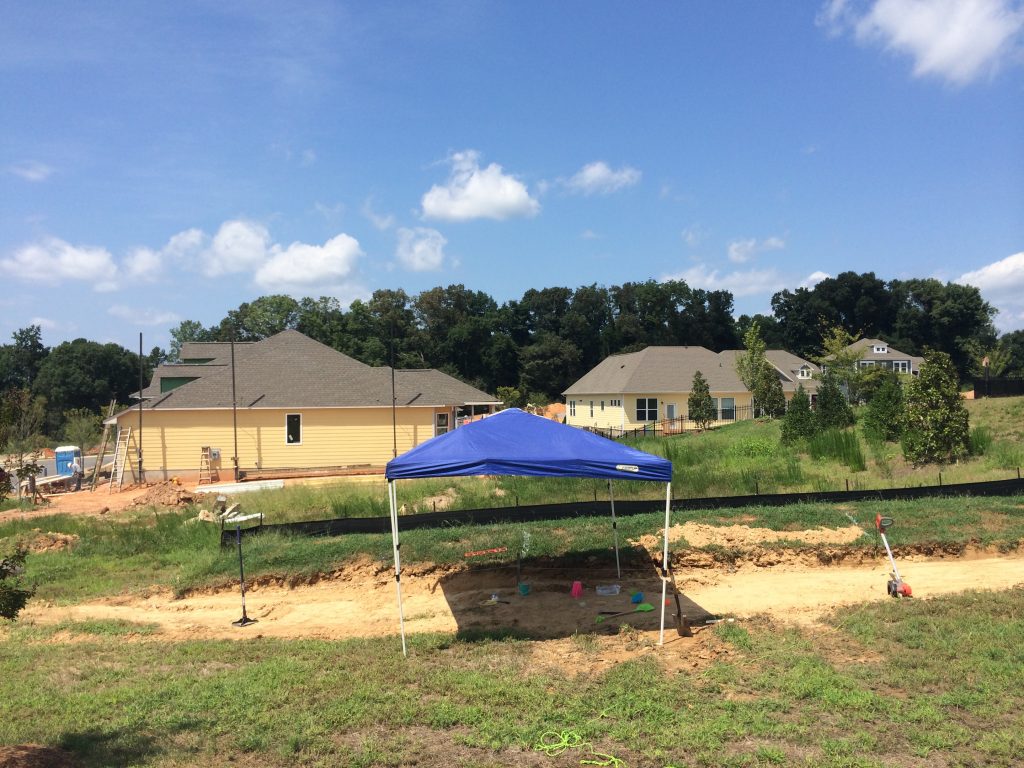
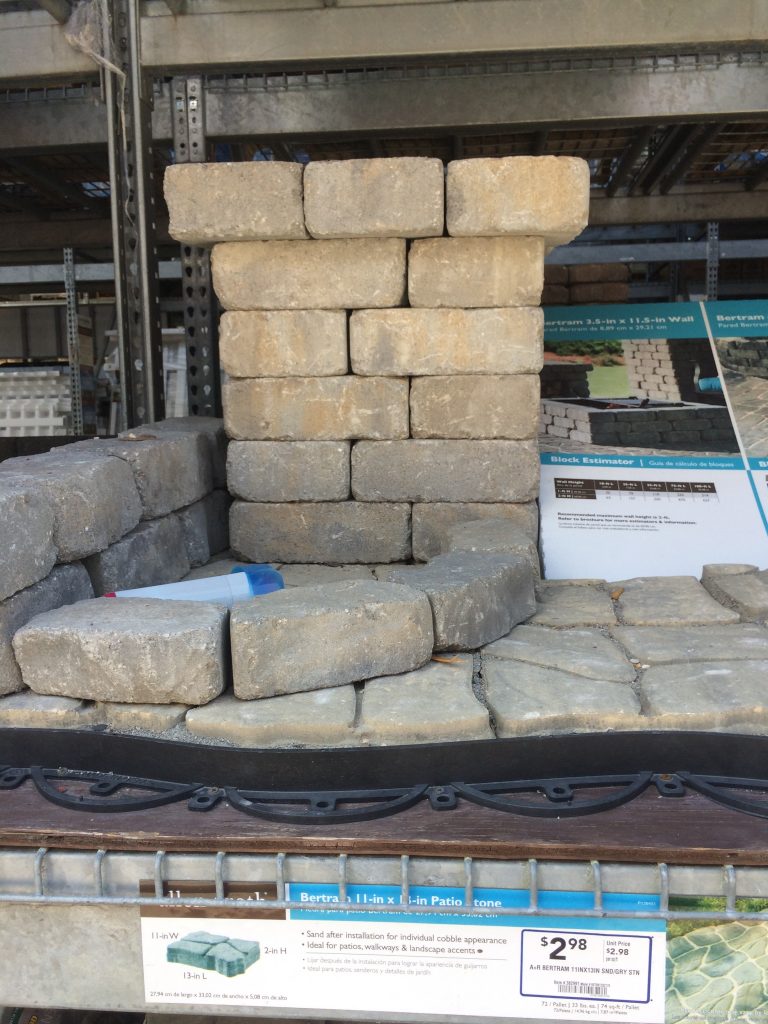
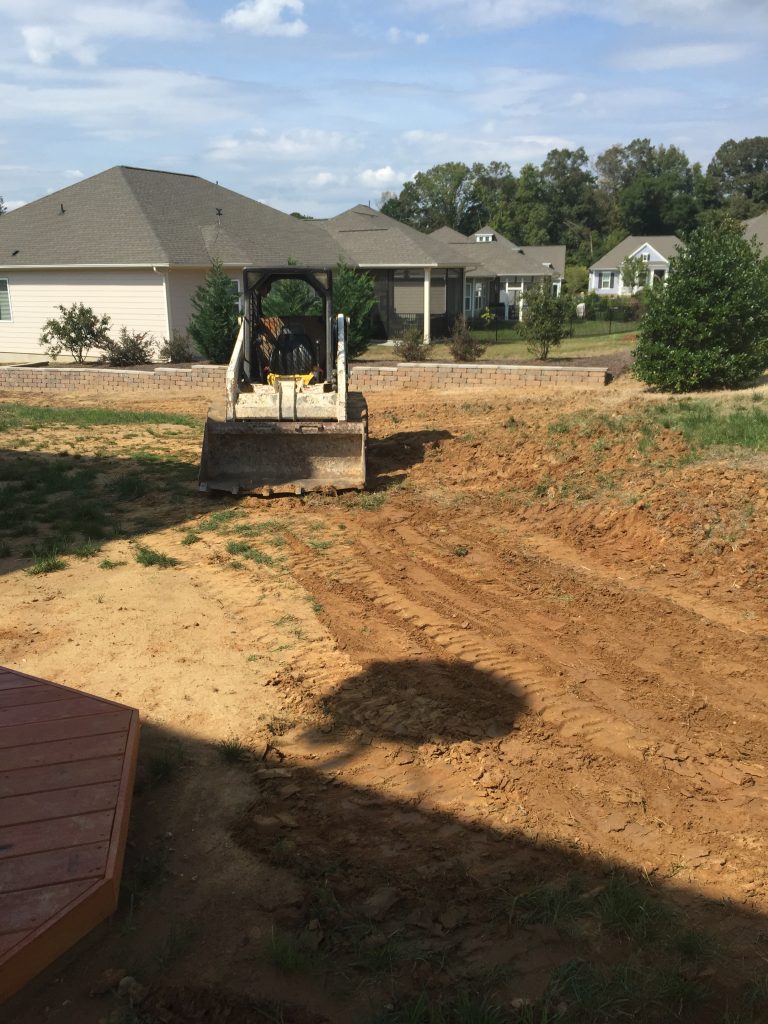
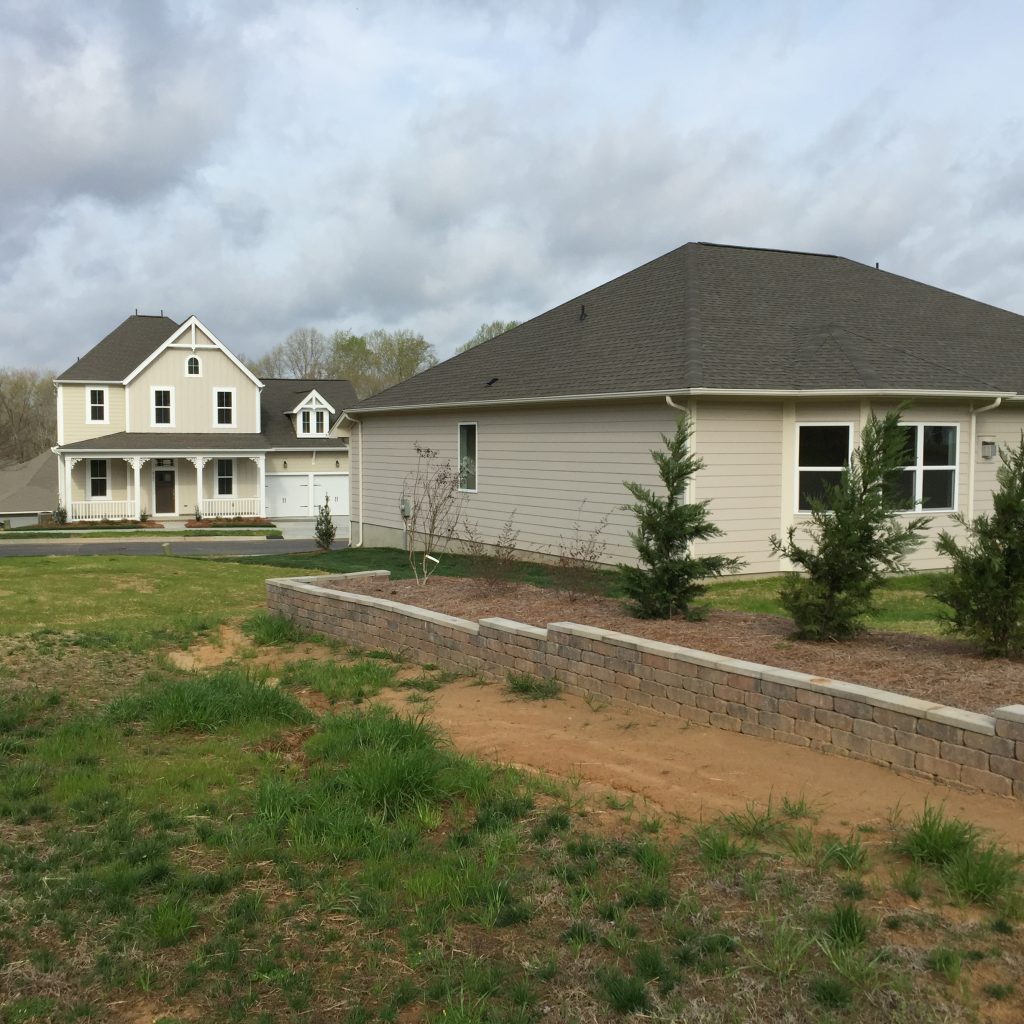
Best Fathers Day Ever!
I recently won a GoPro at SAP TechEd (don’t remember which vendor?) but this was some of the video I shot with it and threw it together for a short, fun clip of our family day together in 2014.
Camera: GoPro Hero ?
Edited: Sony Vegas
Golf: P3 Pro Swing
My first golf sim I had setup in the garage.




Hacking SAP HANA Websockets
Disclaimer: This is not a production or documented feature – its also more of a hijack than a hack 🙂

I have been hoping for the inclusion of Websocket support on the HANA DB platform for a while now, and I was a little disappointed it was not packaged in the SPS08 release. My goal when building apps (or products) is to make use of the core platform its running on as much as possible, I firmly believe that when convincing an IT department, or company, to implement a product or app, the first question is: “How much infrastructure does this need?”. This can often be a deal breaker and why I am such a big proponent of the HANA’s DB + XS App Server integration – it consolidates the requirements into a single investment. Having a Websocket technology built directly in XS can be an additional selling point which developers are starting to expect these days.
Open Source Project: Metric² for SAP HANA – v2.0
After releasing metric² at TechEd Las Vegas last year it has had well over a hundred downloads, and has a couple loyal followers always offering advice and feedback (which I am truly thankful for). Last week we released version 2.0 of the free and open source app and subsequently put it onto GitHub under the MIT license which you can find here.
The biggest changes of the new version of metric² include:
- A new UI (Twitter bootstrap based)
- The ability for users to create their own account
- A few new metrics
- No longer uses SAPUI5 (a blog post in itself!)
- The biggest change was the front-end/UI and the code has been refactored and split up into multiple library files (XSJSLib) and is simplified for easier reading.
The primary goal of the app is, and always has been to try and visualize your big data. Along with providing a self service tool to monitor and provide insights on the data you have in, and around your HANA system, while using it to the fullest.
Short Survey
I am in the process of trying to understand where to take the app in terms of use and direction and if you are interested in helping guide the discussion, if you have downloaded, used or seen the app I would greatly appreciate if you took 1 minute to complete a short 5 question, multiple choice survey here.


You must be logged in to post a comment.